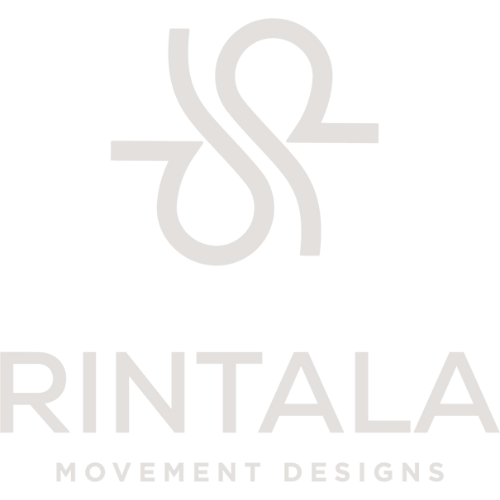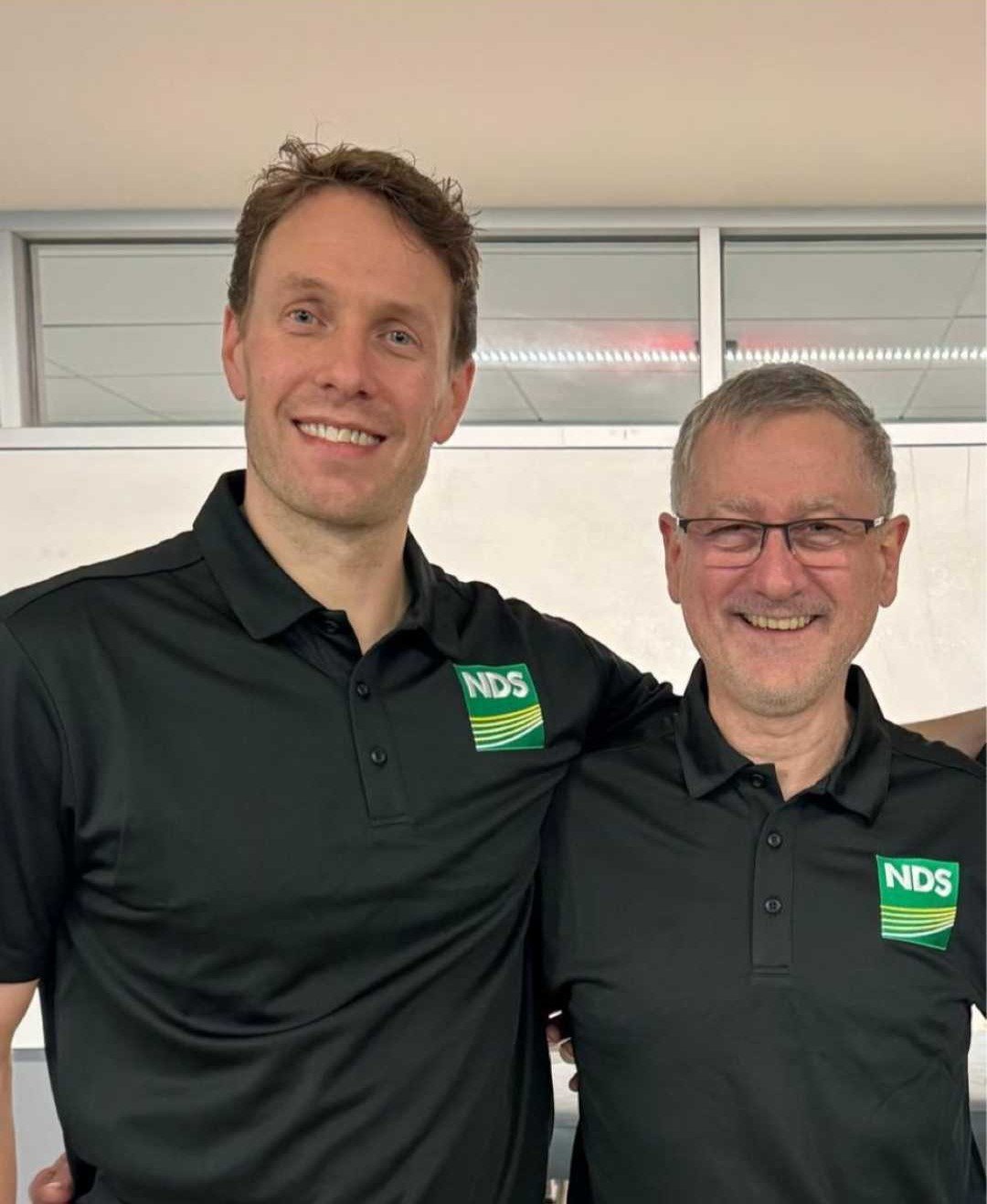
dNS Tutorials Library
DNS Tutorials Library
Access the library of past DNS Tutorials on your own time
You will have access to watch each recording for 3 weeks after the purchase date
$40 for each tutorial unless it’s a special edition tutorial
November 2024
Eliska Urbarova, MPT
DNS Fit Kids- How to treat poor posture in children during the 6-10 years old range of development through demanding and asymmetrical activity and active exercises.
September 2024
Michael Rintala, D.C. & Maggie Rintala, DNSET
Oblique Sit Sequencing: Indications and Modifications
September 2024
Petr Bitnar, PhD., DPT
Specific physiotherapy for GERD - Assessment and Treatment
Workshop Objectives:
Learn to assess the Gastroesophageal reflux disease (GERD) patient
Demonstrate visceral mobilization treatment options
Learn to manage the GERD patient
August 2024
Martina Jezkova, PT
DNS Strategies for assessing and addressing Sponylolisthesis in our low back pain patients.
Workshop Objectives:
Provide a better understanding of Spondylolisthesis as a factor in Low back painDiscuss and demonstrate the evaluation of
spondylolisthesis in a patien
Discuss and demonstrate the use of DNS active exercises in the spondylolisthesis patient
July 2024
Erin McGuire, PT, OCS
Training Respiration & IAP - Key Strategies for Success
Workshop Objectives:
Enhance understanding of the role proper breathing and core stabilization play in optimal musculoskeletal function.
Refine ability to identify ideal breathing and core stabilization patterns
Improve integration of training respiration and IAP in different postures and functional movements
Understand the role training aids, like the core360 belt can be utilized to enhance
June 2024
Michal Truc, P.T. and Special Guest Kate Conklin
Dynamic Neuromuscular Stabilization and the Singing Athlete
Workshop Objectives:
Discuss and show the DNS approach to addressing the signing athlete
DNS treatment methods and strategies to address the singing athletes common inefficiencies that affect performance
Deepen your knowledge of what the singer is doing and trying to do with their voice
Establish functional, technical, and artistic goals for singing and speaking.
Discuss typical strategies you may encounter from vocal pedagogy and performance education, their limitations, and ways to provide precise support.
Identify key ways that DNS supports vocal production, optimal breathing, and artistry for the singer.
May 2024
Petra Valouchova, PhD., P.T.
Thoracic Spine Mobility with Stability - Assessment and Training:
Workshop Objectives:
Review the importance of thoracic cage mobility and centration to the rest of the spine.
The influence of Thoracic mobility and stability for upper and lower extremity function
Screening for thoracic segment function
Combining mobility and stability training of the thoracic spine to influence the optimal transfer of force and load throughout the kinematic chain.
April 2024
Dr. Bill Tortoriello
DNS Integrative Assessment: An Introduction to a Primary Global Examination
Workshop Objectives:
Describe the Integrative Assessment framework, detailing its three parts for a comprehensive patient evaluation.
Demonstrate primary testing and screening procedures essential for identifying underlying health issues effectively.
Learn how to assess and confirm if a patient maintains proper "joint centration" to ensure optimal joint alignment and function.
Gain insights into selecting specific DNS exercises tailored to individual patient needs, considering assessments and rehabilitative goals.
March 2024
Michael Maxwell, D.C.
DNS & Clinical Neurodynamics Bridging the Two Foundational Systems
Workshop Objectives:
This webinar aims to introduce Clinical Neurodynamics and to bridge two foundational systems - Clinical Neurodynamics and Dynamic Neuromuscular Stabilization.
Clinical Neurodynamics is a system of assessment and treatment of peripheral nerve injuries based on the science of Neurodynamics - the study of the anatomy, mechanics, and physiology of the peripheral nervous system, as it relates to the anatomy and mechanics of the musculoskeletal system.
Michael Shacklock originated the concept in 1995 with his paper in the British Journal of Physiotherapy, forming future scientific cornerstones to be applied in clinical practice, which he later expanded on in his international best-selling book Clinical Neurodynamics, published by Elsevier, Oxford, in 2005.
The Clinical Neurodynamics system provides strategic and research-based solutions to evaluating and managing peripheral nerve injuries, including but not limited to lumbar and cervical disc herniation with radiculopathy, as you know, DNS forms an effective system aimed at the postural dysfunction that often precedes and perpetuates this injury.
Dr. Michael Maxwell is certified as an International Instructor of DNS and Clinical Neurodynamics. In this webinar, he will introduce Clinical Neurodynamics and how its approach to cervical radiculopathy bridges with the DNS approach to address the postural function of the cervicothoracic spine.
February 2024
Michael Rintala, D.C. & Maggie Rintala, DNSET
Exercising In Differentiated Higher Developmental Positions
Workshop Objectives:
1. Explore the application of higher DNS developmental positions for exercise prescription.
2. Refine transitions, cueing and sequencing of the higher developmental positions for progression and loading.
3. Work with position variations utilizing props and resistance.
4. Develop sequencing to focus on warm-up, exercising and stretching.
January 2024
Michal Truc, PT
Optimizing dynamic stabilizing function of the Shoulder: Accessing the CNS by utilizing specific zones of support
Workshop Objectives:
View and discuss zones of support influencing shoulder centration
Demonstrate the nuances of positioning, (manual and verbal) cueing to influence synergy, coordination and timing of the integrated stabilizing system.
Demonstrate strategies to combine stability and mobility throughout the kinematic chain and shoulder during the transitions of developmental positions
November 2023
Inger Fjord Villadsen, DC
The use of DNS stability training to improve performance and reduce the risk of injury in the tennis athlete.
October 2023
Eliška Urbářová, MPT
Special Edition
Multi-Session Tutorial
DNS Online Movement Sequencing and Flow Workshop - Interactive
Presented in 2 sessions
During this workshop, we focus on the dynamic sequencing of movement preparation in the Ipsilateral, contralateral, and non-differentiated developmental movement patterns. Eliska’s expertise and guidance guides us through this sequencing. This is an amazing opportunity to practice the application of the DNS concepts and enhance your application on yourself and to the people you work with.
September 2023
Petr Bitnar, MPT, Ph.D.
Trigger point Chains in the Diagnosis and treatment of Headaches (Trigger points - Addressing the Eye Musculature)
Objectives:
Discuss and show the common trigger points chains that contribute to headache symptoms
Treatment methods for addressing the trigger point chains
Enhance your effectiveness with both diagnostic and treatment methods when dealing with headache symptoms
September 2023
Petra Valouchova, Ph.D., P.T.
Running Athlete Movement Preparation
Active exercises targeting key areas along the kinematic chain of the running athlete in order to enhance mobility with stability for optimal running performance
August 2023
Zuzana Suzan, MPT
Facilitating Optimal Foot Function
Objectives
Understanding foot function from a Development perspective
Strategies to facilitate optimal movement patterns with ideal loading of the foot
Training progressions
June 2023
Michal Truc, PT
Optimizing dynamic stabilizing function of the hip: Accessing the CNS by utilizing specific zones of support
Workshop Objectives:
View and discuss zones of support influencing hip centration
Demonstrate the nuances of positioning, (manual and verbal) cueing to influence synergy, coordination and timing of the integrated stabilizing system.
Demonstrate strategies to combine stability and mobility throughout the kinematic chain and hip during the transitions of developmental positions
May 2023
Dr. Michael Maxwell
Managing Shoulder Pain: When Movement Matters
April 2023
Martina Jezkova, PT
Pelvic Floor Self Treatment - Activation and Relaxation
Join Martina Jezkova, PT as she presents a guided, interactive DNS Tutorial on pelvic floor function. There will be a focus on how to instruct patients and clients on self care utilizing DNS concepts, Active Exercises and her vast knowledge and experience in the treatment and training of the pelvic floor.
March 2023
Rich Ulm, D.C.
Application of DNS to the Deadlift
Objectives:
Review sagittal stability biomechanics & anatomy
Clearly define Intra-abdominal pressure and its roll in the stabilizing process.
Teach how to properly brace for the barbell deadlift.
Teach the 3 common variations of the barbell deadlift and cover the biomechanical/performance benefits and negatives associated with each.
Teach how to properly execute the barbell deadlift in a way that is consistent with DNS principles.
February 2023
Brett Winchester
Contemporary Concepts in Abdominal Wall Function (From a DNS perspective)
January 2023
Magdalena Lepsikova, MPT
DNS concepts and principles as applied to Klapp crawling exercises
KLAPP’S CRAWLING:
It is a unique method, which uses crawling on all fours to correct body posture by reducing pressure on the spine. Magdalena Lepsikova, MPT will be integrating DNS concepts and principles in order to enhance the effectiveness and application of the Klapp Crawling exercises.
December 2022
Michael Rintala, D.C. & Maggie Rintala DNSET
Czech Get Up Fundamentals
The CzGU combines the concepts and principles of Dynamic Neuromuscular Stabilization (DNS), developmental kinesiology, and loading with the kettlebell. This combination will allow you to enhance mobility, stability, and the synergy of the integrated stabilizing system of the spine.
Czech Get Up Fundamentals:
1. Benefits of loading the developmental sequence.
2. Key nuances to enhance the facilitation of deep stabilization and joint centration throughout the kinematic chain
3. Different loading options
November 2022
Eliška Urbářová, MPT
Undifferentiated and differentiated DNS Flow Sequencing - Discussion and demonstration of ontogenesis and muscle synergies in the developmental milestone positions.












































